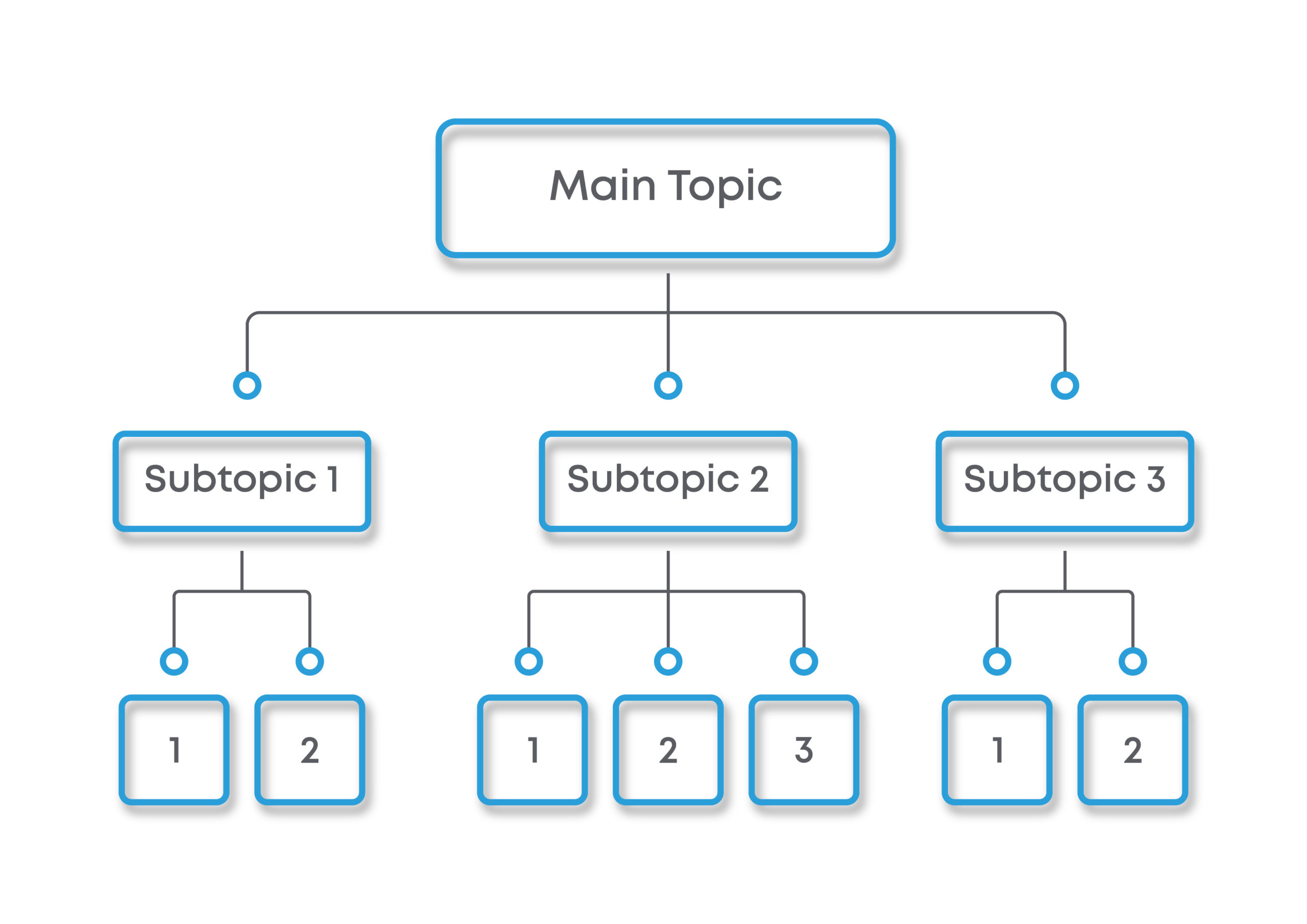Converting a classroom course into a fully online or blended course is a daunting challenge, but an increasingly common requirement for instructors. It can be difficult to know where to begin. How do you take information from textbooks, a few PowerPoint slides, and years of hands-on experience dealing with learner difficulties and translate that into a few screens of content?

And how do you ensure that what you’ve created will actually work online? Where instructors in a classroom can slow down or speed up, depending on learner reactions, instructors in an online classroom may not be able to see how learners react. And learners may access online courses from a variety of screens, tiny to large. A short paragraph of text on a computer screen may turn into many, many lines on a phone. In the midst of these challenges, how can instructors help learners learn most effectively?
“Chunking” can help. As the term suggests, chunking involves breaking a large topic into smaller, more digestible “chunks” of information and presenting these chunks of content one at a time to learners. If your course was a building, each subtopic or brick would be one chunk. With chunking, the learner receives one brick at a time and can eventually construct the entire building, or learn the whole topic.
Let’s look at why chunking is important and techniques to chunk content effectively.
Why to Chunk: Benefits for Learners
In an online course, you are not with your students in person, so it may be hard to gauge their level of understanding. Be proactive in addressing this to avoid learner frustration and cognitive overload. Chunking your course content will benefit both offline and online learners in the ways described below.
Reduces cognitive load: Too much information presented at once or different kinds of information presented together can be overwhelming for learners and make it significantly more difficult for them to remember everything. Psychologist George A. Miller theorized that we can remember only about seven pieces of information in the short term. Breaking up content into manageable chunks, therefore, reduces the cognitive load for the learner. When learners receive a single, short concept at a time, they are more likely to remember the information.
Prevents learner frustration: Large amounts of information can frustrate and overwhelm learners. Presenting bite-sized pieces of information can help learners feel more in control of their learning and more empowered to learn on their own. Chunking helps learners identify each concept as a distinct piece of information, understand the relationships between different concepts, and revise the concepts easily at a later date.
Addresses different levels of understanding: Learners build an understanding of concepts from simple to complex, or, as educationist Benjamin Bloom described it, from lower-order skills like recall, comprehension, and application to higher-order skills like analysis, evaluation, and synthesis. Instructors can create different chunks to address these different cognitive skills and address the needs of learners at each level of understanding.
Why to Chunk: Benefits for Instructors
As an instructor, creating an online course based on chunks of information can help you with future in-person courses, online courses, and blended learning. Here’s how:
Helps pinpoint problem areas: If each chunk of a course has a quiz or short assessments on the concept, learners and instructors can pinpoint the learners’ problem areas accurately and address them specifically, instead of revisiting an entire topic or chapter.
Allows for repurposing and updating content: Once you create an online course, you can easily restructure the course or create a shorter course at a later date using the same content. All you will need to do is pull out the relevant chunks. You can also update the course easily at a later date by editing only the chunks that need to be updated while the rest of the course remains intact.
How to Chunk and Sequence Information Effectively
It’s important to take the time to think purposefully about the best way to chunk, sequence, and organize instructional materials, learning activities, and assessments. Here are some tips to keep in mind that will help you chunk and sequence your content effectively:
Prioritize: What do learners need to know versus what is nice to know? You can share additional (optional) materials for “further learning.” However, make it clear to learners what the key concepts are that they should take away from the course.
Break down your course: Beginning at the highest level, break your course down into its overarching themes. Identify the main concepts in each theme. Break these down further into subtopics and then into individual concepts. You can use a tree diagram or a taxonomy to organize all the pieces of information you have.

A tree diagram to help organize all the pieces of information.
Present chunks in logical order: Ensure that content is presented in a logical order rather than skipping around to seemingly irrelevant concepts.
- Big picture to details: It is helpful to give learners a “big picture” understanding of the scope of content before diving into individual lessons. You could share a course outline or map with learners to help them see the bigger picture.
- Simple concepts to complex concepts: Present foundational concepts first and gradually build on those until the learner has the information they need to understand complex concepts. (This method of gradually building competence is known as scaffolding.)
Organize information in a chunk effectively: Use bulleted or numbered lists, tables, and diagrams, where possible. If a longer section of text is required, add paragraphs and line spaces to provide visual breaks in the text.
Engage learners: Present content in a variety of formats to keep learners engaged. Use images, graphics, interactive media, and/or videos that present or support the “need to know” content. Give students opportunities to generate some content themselves and share their insights with the rest of the class.
Limit scrolling: Consider your learner’s screen size. Many of your learners will be accessing content on laptops, tablets, and sometimes even a smartphone. Try to be concise when writing content to minimize the amount of scrolling learners will need to do. Use short, simple words, short sentences, and short paragraphs.
One last thought as you organize your course and consider the instructional materials, learning activities, and assessments: Always refer to your module-level objectives. Ensure that everything you add to your course supports student mastery of the module-level objectives and that assessments give learners an opportunity to demonstrate that they have acquired the necessary information, skills, and/or behaviors. If that’s not the case, then you’re likely adding “nice to know” content rather than “need to know” content. Happy chunking!



